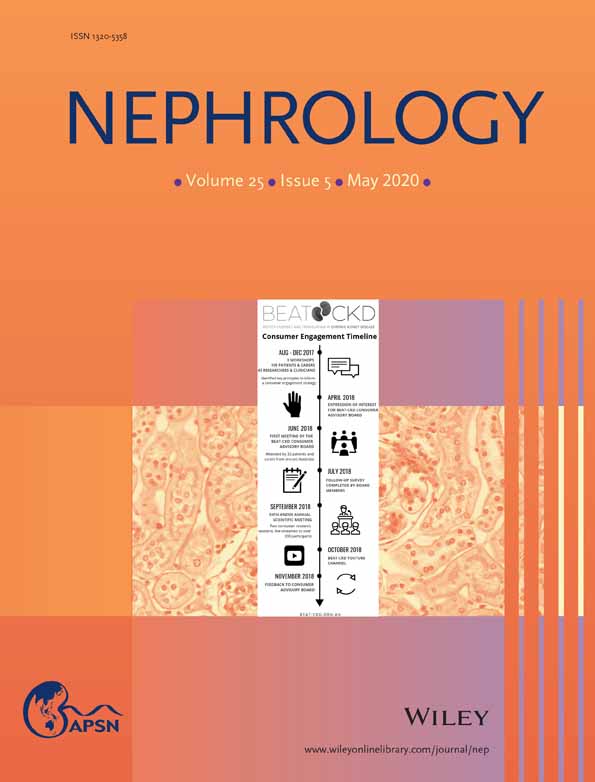Urinary chloride concentration as a prognostic marker in critically ill patients
Abstract
Aim
Associations have been reported among serum chloride concentration, mortality and incidence of acute kidney injury (AKI) in intensive care units (ICU). This study aimed to examine associations among urinary chloride, mortality, and AKI incidence in ICU patients.
Methods
A retrospective observational study was conducted among medical-surgical ICU in a tertiary hospital wherein 170 consecutive ICU patients were evaluated from October 2015 to March 2016 and 116 patients were enrolled. Serial data of serum and urine electrolytes from day 1 to day 4 of ICU admission were examined. The primary and secondary outcomes were ICU mortality and incidence of AKI in the ICU, respectively.
Results
Among the 116 enrolled patients, 15 (13%) died during their ICU stay. Although serum and urinary sodium and potassium on day 1 did not significantly differ between ICU survivors and non-survivors, urinary chloride concentration on day 1 was significantly lower in non-survivors. Receiver operating characteristic analysis showed that the cutoff value of day 1 urinary chloride concentration for prediction of ICU mortality was 53 mEq/L. The lower urinary chloride concentration group on day 1 showed a significantly lower survival rate, even in long-term follow-up, compared with the higher urinary chloride group. Addition of day 1 urinary chloride concentration improved prediction of AKI incidence in the ICU by Sequential Organ Failure Assessment score alone.
Conclusion
Lower urinary chloride concentration was associated with increased mortality and incidence of AKI in the ICU. Further investigation is necessary to clarify the mechanism of urinary chloride regulation.
CONFLICT OF INTEREST
The authors have no conflicts of interest to declare.




